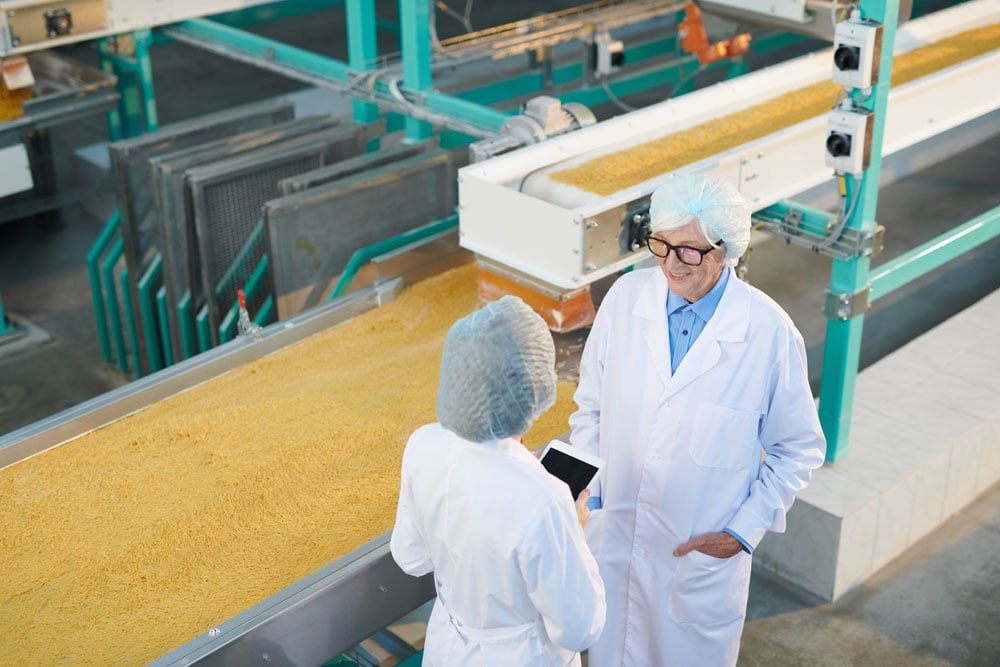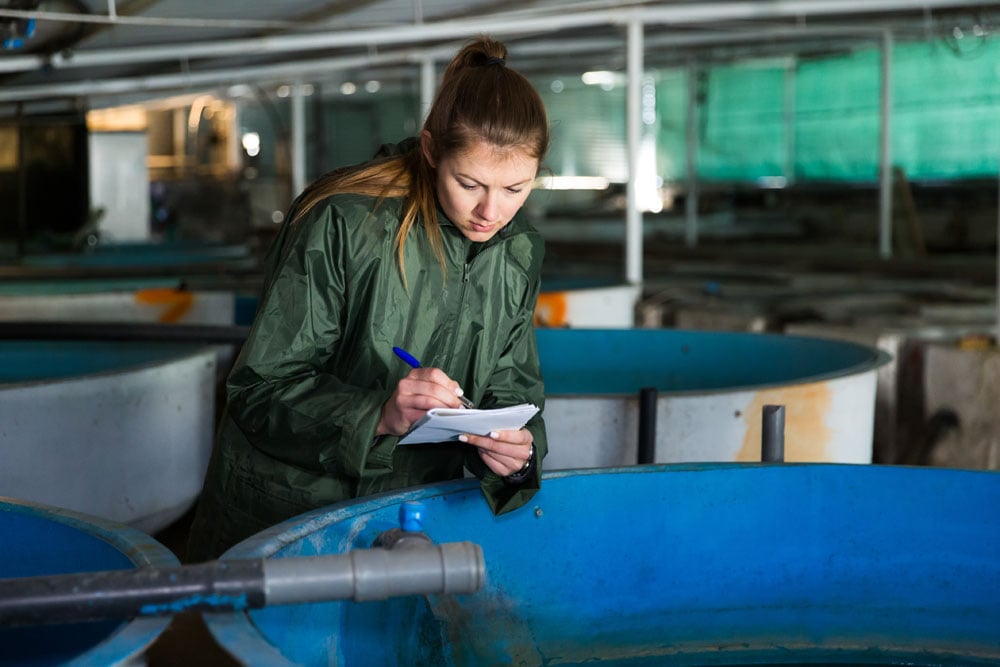Like all food products, fruits and vegetables go through processing plants before being sent to stores for consumers to buy. Food processing plants see a great deal of activity, making it essential that they abide by the FDA’s strict sanitation guidelines to maintain a clean and safe facility, free from bacteria and disease. Otherwise, the facility can experience serious health issues that can come with severe consequences.
Implementing the following tips is highly beneficial for fruit and vegetable processing sanitation.:
1. INSPECT INCOMING FRUIT AND VEGETABLES
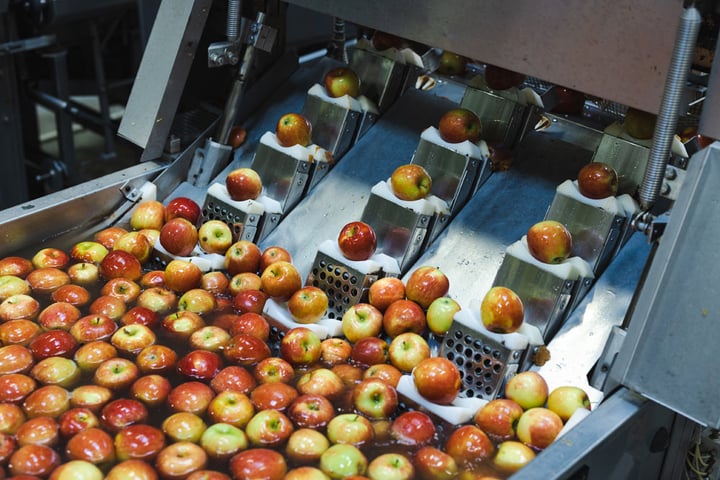
Before the fruits and vegetables even leave the farm, workers should inspect them for sickness, mold, rotting, or similar concerns. Removing the bad crops helps to protect the healthy crops, but sometimes workers may miss something. To remedy this, workers within the processing plant should perform a secondary inspection as new crops arrive, carefully inspecting each piece for defects so that the chance of damaged products ruining the rest is eliminated.
2. SANITIZE EQUIPMENT DAILY
Stainless steel has antibacterial properties, however, other equipment within a process plant does not. These pieces of equipment are more likely to have bacteria and other harmful pathogens clinging to them, which can transfer to the fruits and vegetables being processed. Keeping this equipment clean and sanitized will help ensure that bacteria doesn’t spread. Cleaning stainless steel equipment is equally important to maintaining a clean and sanitary facility, regardless of the antibacterial properties of the metal.
3. TRAIN AND EDUCATE EMPLOYEES
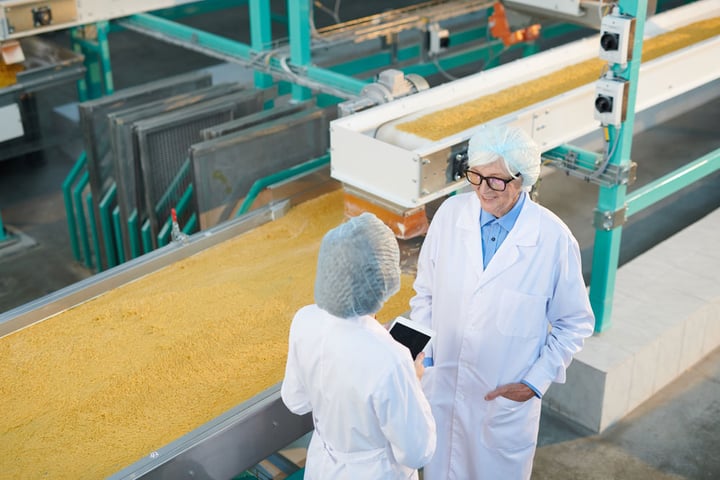
Proper training is crucial to ensuring that operations within fruit and vegetable processing plants run smoothly. Before being allowed on the production floor, all employees should receive thorough training and education on the various tasks within the facility. They should know how to do more than just their specific job if the facility is ever shorthanded.
Training and education should go beyond the physical work in the facility. Employees should receive a thorough education on safety and sanitation procedures to ensure that they know how to maintain a safe and clean facility.
4. EMPLOY HYGIENE PROTOCOLS
Hygiene is a critical part of fruit and vegetable processing plant sanitation. Employees must practice proper hygiene within the facility to prevent the spread of bacteria and germs–especially those from outside the facility. Handwashing, wearing gloves, shoe covers, and keeping the facility clean are some of the top aspects of hygiene. Hygiene, both personal and facility-wide, should be an utmost priority, so employees understand what is expected and how to handle the hygiene protocols.
5. USE FACE MASKS AND HAIRNETS ON PRODUCTION FLOOR
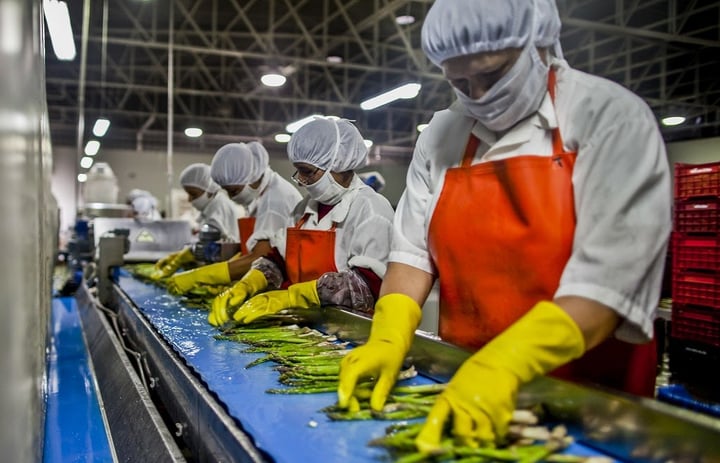
Gloves and shoe covers are only part of the hygiene precautions employees should use. Face masks and hairnets are also vital to maintaining proper sanitation within a facility. All employees should be required to wear face masks and hairnets in order to help prevent the spread of germs and contamination. Men with facial hair should wear hair nets to cover their beards as well, as an added safety precaution.
6. HAVE A PEST CONTROL PLAN IN PLACE
One issue prevalent in all food and beverage facilities is the potential for pests, like insects and rodents. Pests bring contamination and disease with them, creating serious health risks. To prevent infestations, you should have a pest control plan in place. A drainage system is a critical part of preventing pests, as is maintaining a clean facility and ensuring that no food remains are left out where they can attract pests. Employees should also take care to store fruits and vegetables appropriately, preventing pests from getting to them. Other areas of pest prevention include ensuring there are no openings for pests to use to enter the facility and installing deterrents outside of the facility.
7. INSTALL SLOT DRAIN FROM FOODSAFE DRAINS
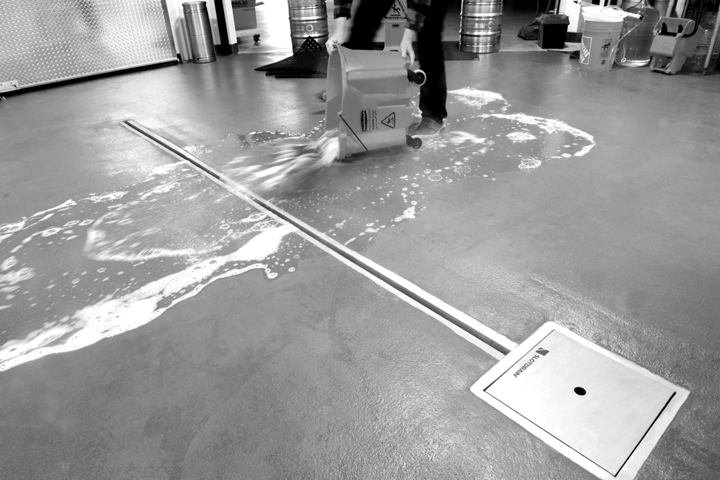
Drainage systems play a significant role in fruit and vegetable processing plant sanitation. They divert water runoff from the surface and into the drain channel to be taken to a designated location like a sewer, eliminating standing water where bacteria can begin to grow, and form harmful pathogens like Listeria.
The 10,000 Series Slot Drain, from FoodSafe Drains, is a trench-like drain system made from some of the highest quality stainless steel, making for a bacteria and corrosion-resistant design. The most unique feature of the slot drain is its no-niche, seamless, and grateless design, eliminating the potential for bacteria to become trapped. The system also features an industrial load class capability and clean-in-place functions that add to its effectiveness within fruit and vegetable processing plants.
TAKE THE RIGHT STEPS TO MAINTAIN A SANITARY FACILITY
Fruit and vegetable processing plant sanitation is critical. These facilities are responsible for most fruit and vegetable products and, without proper sanitation, bacteria and contamination can run rampant. Not only is it a cause for health concerns, which can be fatal in some cases, but it is also a cause for legal concerns for facility managers. Taking these tips for fruit and vegetable processing plant sanitation into account can help ensure a safe, sanitary facility that runs efficiently.
The food drainage specialists at FoodSafe Drains can help you improve fruit and vegetable facility sanitation. Contact us today.
